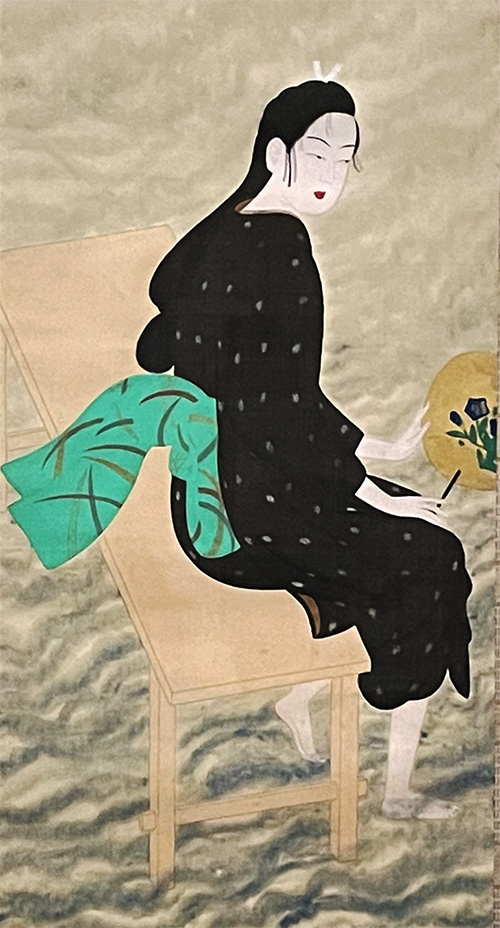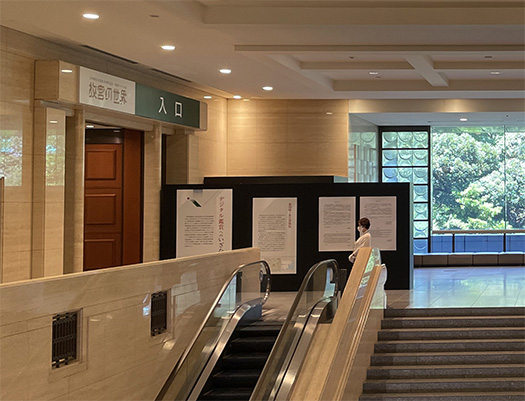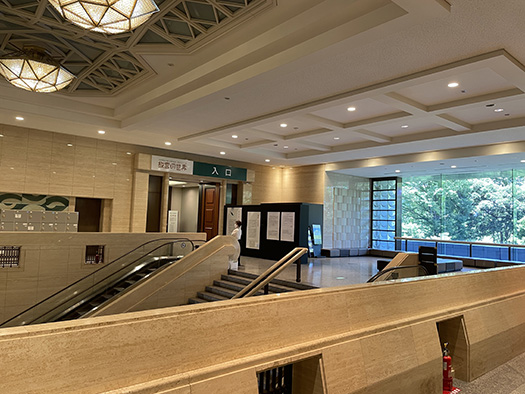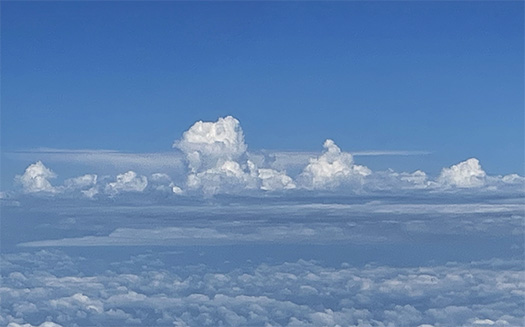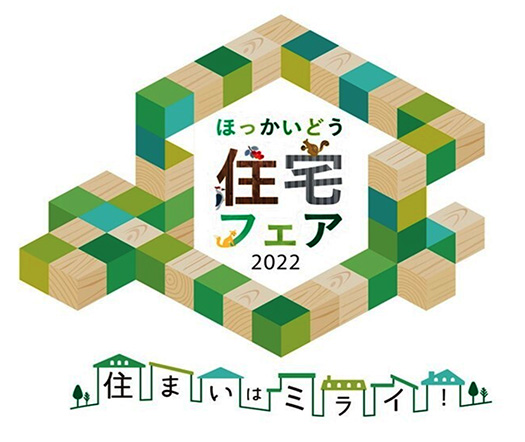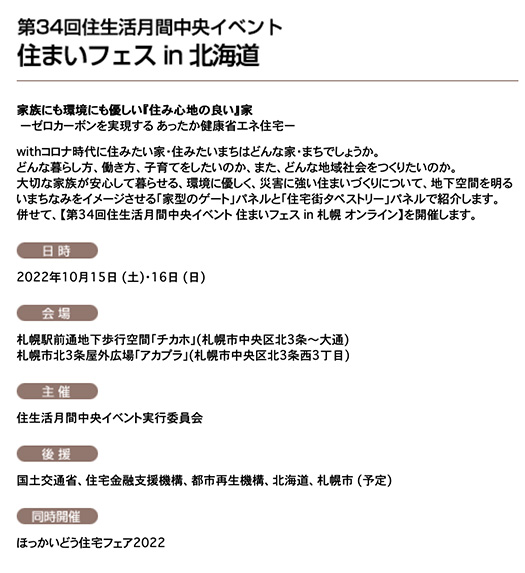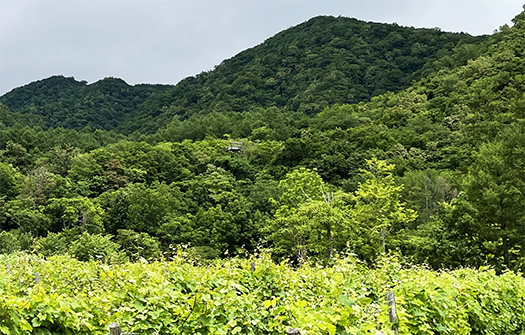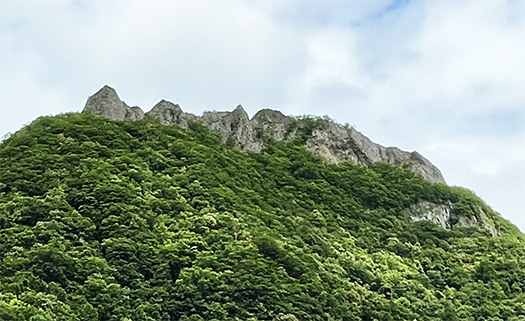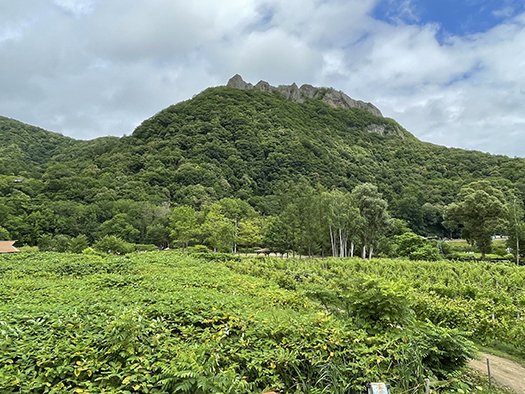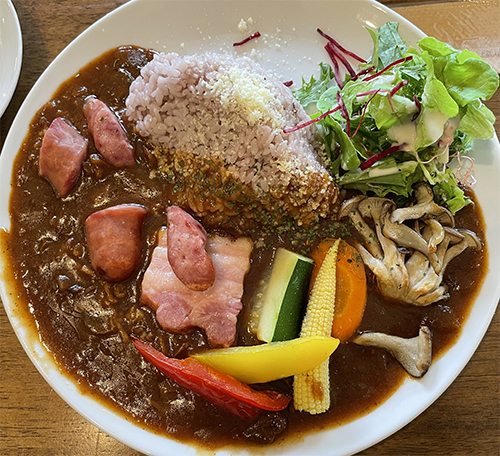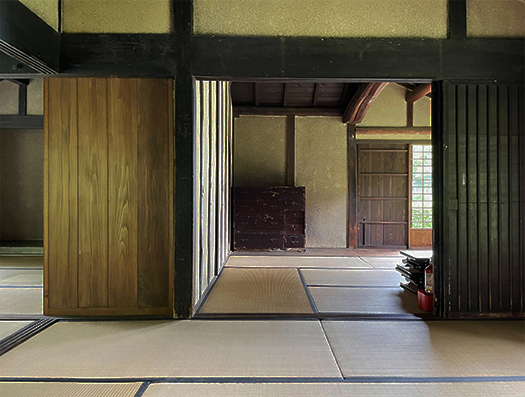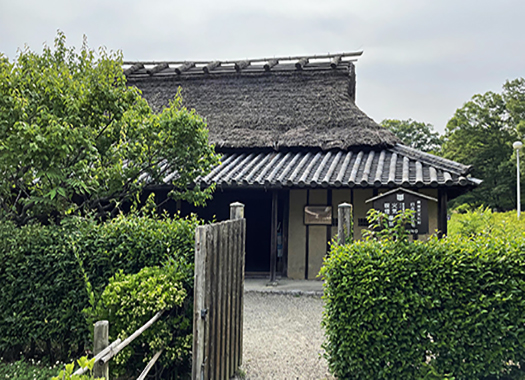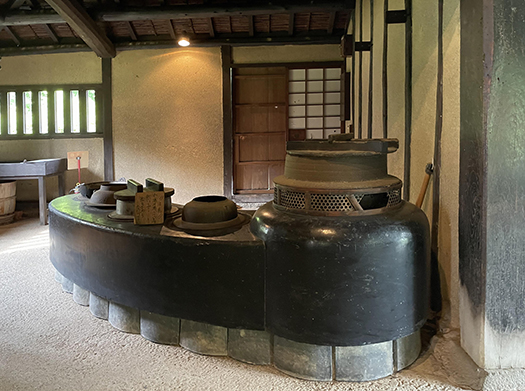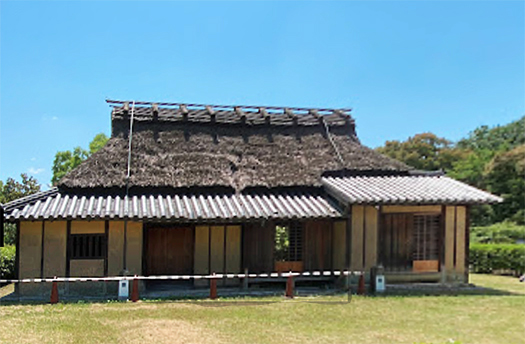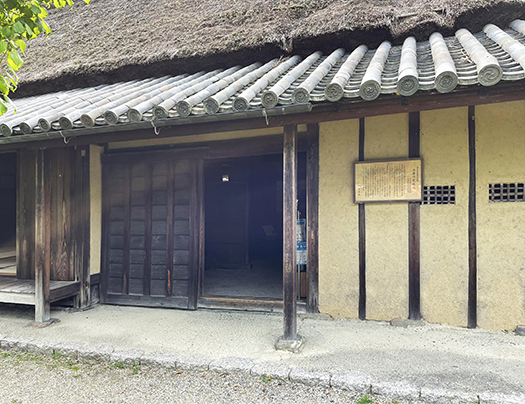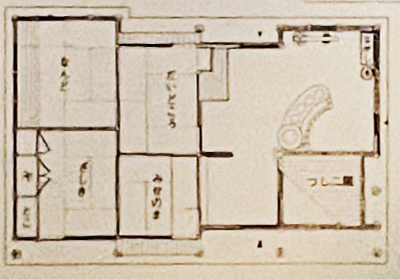
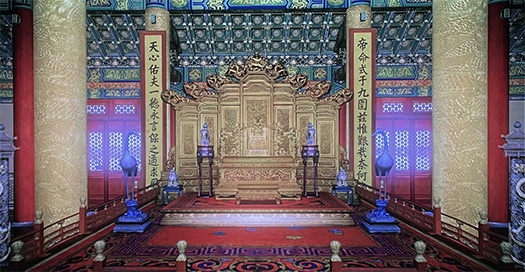
いま東京国立博物館で開かれている「故宮の世界」展。
ことしは日中国交正常化50周年だそうで、それを祈念するイベントとして
文化芸術分野での「友好の証」として行われているのだろう。
2019年2月には東京国立博物館で特別展「顔真卿 王羲之を超えた名筆」
が開催された。台北の故宮博物館から貸し出された「祭姪文稿」などを展示し、
平日でも1時間以上の行列ができるほどの人気を博した。
なにげにそのときも習慣的に東京国立博物館に行ったところ、
ほぼすべてが大陸中国からの観光客で長蛇の列ができていて、
わたしはそこまで顔真卿の書に強い興味を持っていなかったので
行列に驚いて退散したことがあった。
顔真卿という高級官僚の一族の人物が政治動乱の中でいのちを落としたことに
悲憤の心情を書き綴った筆致が、いかにも中国の人たちの心底を揺さぶるのだと。
なので「死ぬまでに一度は見たい」とまで渇望するのだという。
たしかに筆の運びにそういった心理のゆらめきが強く感じられ
中国人のマインド奥深くに沈殿するものがあるだろうと推量できた。
そして台湾故宮にそれが国宝として、いや中華民国台湾の矜持として
保存されていることから、大陸の中国人にはきわめて参観障壁バリアが高く
それが第3者的な日本で展示開催される機会に多くの大陸人が参集したのだ。
人々のそういう心には国境を越えて共感できるものがあった。
もちろん日本にはまったく同様の文化芸術作品があるわけではないが、
その心情に、リスペクトの気持ちは持つことができた次第。
一方で今回展示は、北京紫禁城・故宮の展示会。
あらかたの国宝類は中華民国・台湾の故宮に存在するので
そういった展示物には乏しいという消息も聞き及んでいたので
「いったい何を展示するのだろうか」という疑問・興味は持っていた。
・・・結局は紫禁城・故宮建築そのものが最高の展示物と結論付けたのか。
故宮建築を最新のコンピュータグラフィックで精細な表現にして
それを日本国の国立博物館展示として提供した経緯なのだろう。
いわゆる「中華思想」とは宇宙の中心である北極星さながらに中華皇帝が
世界の中心に端座する存在であると宣言して諸国民をひれ伏させる。
他国民がそのことに対してどのような心理を持つかについて
ほとんど顧慮することのない発想だということ。
歴史的に日本はこういう強権存在とどういう関係を維持すべきなのか
そのことが歴史の大きな底流であったことは明らか。
そして独裁色を極限まで強めている最近の習近平体制としては
すでに日本人に対して友好を示す余裕も失っているように感じられる。
今回展示については不正常な決定経緯だったとも側聞する。
台湾故宮にはリスペクトも感じさせられたけれど、
日本人の多くは今回の北京故宮展示に対して、ほとんど見に行かないという
明確な意思表示を示していると思う。
わたしはここまで閑散とした東京国立博物館展示にはじめて出会った・・・。
English version⬇
[People who are “fed up” with their own cosmocentric and Chinese ideology.
I felt the power of culture and art in the calligraphy of the National Palace Museum of Taiwan and the Chinese Emperor Yan Zhenqing, but unfortunately I could not sympathize with the CG of the Forbidden City architecture from the Beijing government. …
The “World of NPM” exhibition is currently being held at the Tokyo National Museum.
This year is the 50th anniversary of the normalization of diplomatic relations between Japan and China.
The exhibition is being held as a “proof of friendship” in the field of culture and art.
In February 2019, the Tokyo National Museum held a special exhibition, “Eon Shin-kyo: The Master Brush beyond Wang Xizhi”
was held at the museum. It exhibited the “Festival Niece Manuscript” and other works on loan from the National Palace Museum in Taipei, and
The exhibition was so popular that visitors lined up for more than an hour even on weekdays.
I went to the Tokyo National Museum as a matter of habit, and found that almost all of the visitors were from mainland China.
I was so impressed by the long line of visitors, almost all of whom were from mainland China, that I decided to go to the Tokyo National Museum to see the exhibition.
I was not that interested in the calligraphy of the great Chinese master, so I was surprised at the long line and left the museum.
I was surprised by the long line and left the museum.
I was surprised by the line and left the museum, because I was not that interested in the book.
I thought that the style of writing in which he wrote about his feelings of grief and indignation was very moving to the people of China.
The Chinese people are said to be so moved by the brush strokes that they are eager to see it at least once before they die.
It is true that I could strongly feel such psychological fluctuation in his brush strokes, and it was as if he had sunk deep into the Chinese mind.
I was able to infer that there must be something precipitated deep in the mind of the Chinese people.
And since the National Palace Museum in Taiwan preserves these works as national treasures, or rather as the pride of the Republic of China (Taiwan)
Therefore, the Chinese people on the mainland have an extremely high barrier to visit the museum.
The fact that it was exhibited in Japan, a third-party country, attracted many Mainlanders to the exhibition.
The people’s hearts and minds transcended national borders and were sympathetic.
Of course, Japan does not have exactly the same kind of cultural and artistic works.
However, I was able to feel a sense of respect for their sentiments.
On the other hand, this exhibition was held at the Forbidden City and the National Palace Museum in Beijing.
Most of the national treasures are in the Forbidden City in Beijing and the National Palace Museum in Taiwan, so there is a lack of such exhibits.
I had heard from some sources that there were not enough exhibits of such treasures in the Forbidden City.
I had been wondering what on earth would be exhibited.
I was curious about what would be exhibited in the Forbidden City and the National Palace Museum.
The architecture of the Forbidden City and the National Palace Museum are the best exhibits after all.
This must be the reason why they offered it as an exhibit at the National Museum of Japan.
The so-called “Chinese idea” is that the Chinese emperor sits at the center of the world like the North Star, the center of the universe.
The so-called “Chinese idea” is to make the people of the world bow down by declaring that the Chinese emperor is the center of the world, like the North Star, the center of the universe.
It is an idea that has little regard for how other peoples feel about it.
the psychology of other peoples.
Historically, what kind of relationship should Japan maintain with such a powerful entity?
It is clear that this has been a major undercurrent of history.
And as the recent Xi Jinping regime has taken dictatorship to the extreme, it is clear that Japan can no longer afford to show friendship to the Japanese.
I feel that the Xi Jinping regime has already lost the luxury of showing friendship to the Japanese people.
I have heard that the decision to hold the exhibition at the NPM was made in an inappropriate manner.
Although I felt some respect for the National Palace Museum in Taiwan
I think that many Japanese people have clearly expressed their intention not to visit the Beijing NPM exhibition.
I think that many Japanese have clearly expressed their intention not to visit the Beijing NPM exhibition.
I have never seen such a deserted exhibition at the Tokyo National Museum….
Posted on 8月 2nd, 2022 by 三木 奎吾
Filed under: こちら発行人です, 日本社会・文化研究 | No Comments »


